What is High-Temperature Dry Heat Treatment
High-temperature dry heat treatment is a widely used method for medical waste sterilization. It utilizes high temperatures to inactivate microorganisms and pathogens in medical waste, while reducing its volume and weight through processes like dehydration. The treatment effectively makes medical waste harmless and reduces its environmental impact.
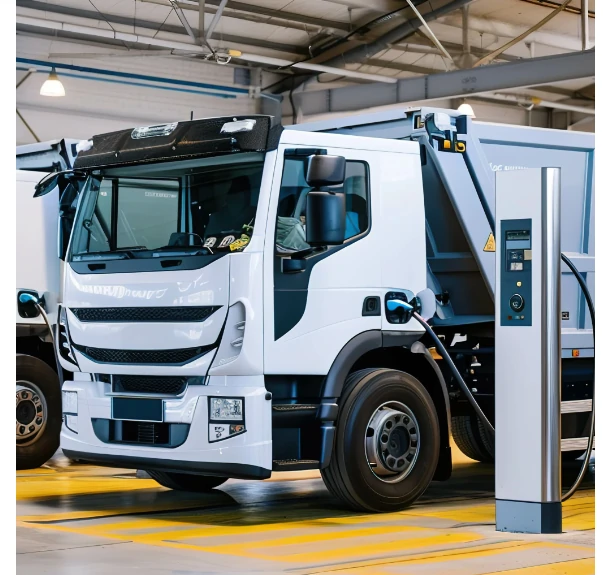
Key Conditions for High-Temperature Dry Heat Treatment

Temperature
Treatment should be conducted at a temperature of no less than 180°C to effectively kill bacteria, viruses, fungi, and other pathogens. Lower temperatures may fail to sterilize, while higher temperatures can increase costs and equipment requirements.
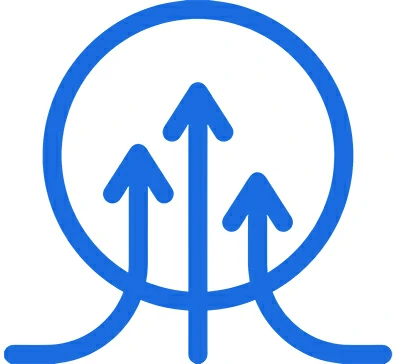
Pressure
The pressure inside the equipment should be no higher than 1000Pa (near-vacuum conditions) to ensure uniform heat transfer, enhance sterilization, and facilitate gas treatment processes.
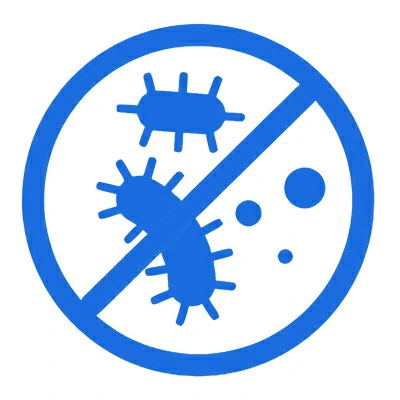
Treatment Time
A treatment time of at least 20 minutes is necessary to ensure sufficient heating, complete microbial inactivation, and effective dehydration and shredding of the medical waste.
Equipment Required for High-Temperature Dry Heat Treatment

Sterilizer
Typically made from high-temperature, corrosion-resistant metals such as stainless steel. These materials ensure the equipment's durability and safety, as they must withstand high heat and exposure to various chemicals in medical waste.
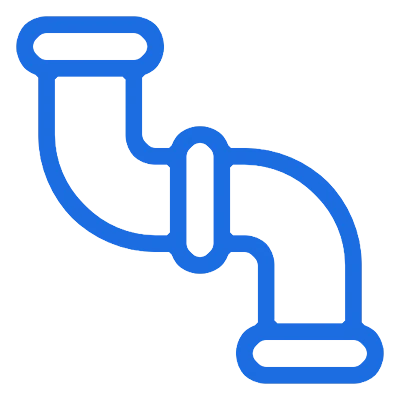
Piping
For the pumping unit, corrosion-resistant materials such as PVC or metal piping lined with resistant coatings are used to prevent damage from pressure fluctuations and exposure to hazardous gases.

Equipment Size
Equipment size is determined based on treatment volume and space availability. Small-scale equipment for medical clinics may have a capacity of a few cubic meters, while large-scale systems for treatment centers can handle dozens of cubic meters.

Grinder
The grinder must be made from high-hardness, abrasion-resistant materials like special alloys or hard ceramics to prevent excessive wear during the grinding of medical waste.
Features of High-Temperature Dry Heat Treatment

Sterilization
By maintaining a temperature between 180°C and 200°C for a specified duration, the treatment effectively kills pathogens, including bacterial spores, viruses (e.g., Hepatitis B, HIV), and fungi. This ensures a safe environment and prevents disease transmission.

Volume Reduction
Medical waste volume can be reduced by 80% after grinding, making it easier to handle, transport, and store. After treatment, the waste is converted into fine particles or fragments suitable for landfill or further processing.

Small-scale
The high-temperature environment facilitates evaporation of moisture, further reducing the waste's weight and volume. This enhances waste disposal efficiency and minimizes leachate generation in landfills.
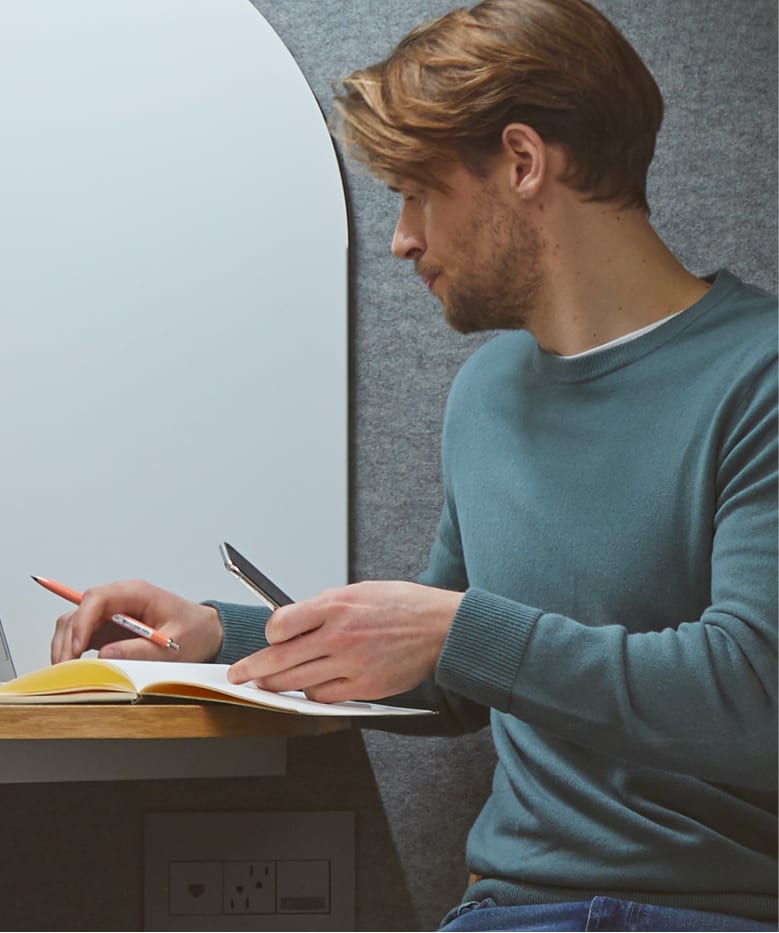
Advantages of High-Temperature Dry Heat Treatment
Environmental Benefits
High-temperature dry heat treatment prevents pathogens in medical waste from contaminating the environment. It helps avoid the pollution of soil, water, and air, thereby protecting the ecosystem.
Health Benefits
The treatment minimizes the risk of infection for medical waste handlers and the surrounding population by thoroughly sterilizing the waste and eliminating harmful microorganisms.
Safety Performance
Some materials, such as metals, can be recovered and recycled after treatment. This process improves resource utilization and contributes to a circular economy by reducing waste and conserving materials.
Operational Process
Feeding
Medical waste is loaded into the treatment equipment via an elevator. Once in place, the system automatically seals the treatment chamber to retain heat and prevent gas leakage.
Grinding
The waste is ground into smaller pieces (usually within 7–10 minutes for 300kg of waste) to reduce its volume and facilitate further sterilization.
Pumping
The vacuum pump lowers the pressure inside the sterilizer to about 300Pa, creating near-vacuum conditions that help the heat transfer and sterilization process.
High-Temperature Sterilization
The heat transfer oil raises the internal temperature to 180–200°C, where it is maintained for at least 20 minutes to sterilize the waste and inactivate pathogens.
Unloading
After sterilization, the chamber is depressurized, and the treated waste is unloaded onto a conveyor for further disposal or transportation.

Disposal After Use

Equipment Cleaning and Maintenance
The equipment must be regularly cleaned to remove waste debris and prevent clogs. Regular inspections ensure the optimal performance of key components like the mill and heating system.
Learn More
Landfilling
After treatment, the waste is sent to a landfill. The landfill must meet certain standards, such as proper depth and cover layer thickness, to prevent re-exposure of treated waste to the environment.
Learn MorePrecautions During Operation
01
Equipment Inspection

Before each operation, check the sealing of the bin door, mill wear, and the performance of the vacuum and heating systems to prevent equipment failure.
02
Waste Classification

Properly classify medical waste before treatment to avoid mixing in flammable or explosive substances that could cause hazards during the process.
03
Standardized Operation

Operators must follow strict procedures and wear appropriate personal protective equipment (PPE), such as gloves, masks, and protective clothing, to prevent exposure to hazardous waste.
04
Parameter Monitoring

Constantly monitor temperature, pressure, and time during the treatment process to ensure compliance with operational requirements. Adjust or halt the process if parameters deviate.
Key Considerations When Choosing Equipment
Performance
Choose equipment with precise temperature control, stable vacuum performance, and efficient grinding capabilities to ensure high sterilization efficiency.
Reliability
Consider equipment durability, failure rates, and after-sales service. Reliable equipment reduces operating and maintenance costs.
Environmental Impact
Check if the equipment meets environmental standards for exhaust gas and wastewater discharge. Ensure it has effective tail gas filtration and wastewater treatment systems.
After-Sales Support
Choose equipment from manufacturers that provide comprehensive after-sales support, including installation, training, regular maintenance, and spare parts supply.
International Standards and Regulations
WHO Guidelines
The World Health Organization advocates for medical waste treatment methods that ensure complete inactivation of pathogens and follow safety standards to protect human health and the environment.
Chinese Regulations
China’s regulations require that high-temperature dry heat treatment facilities comply with national standards. Treatment processes must be conducted following prescribed procedures, and waste discharge must meet environmental protection standards.
Leading Manufacturers
Europe & North America: High-temperature dry heat treatment technology is widely used in medical waste treatment centers across these regions. China: Manufacturers like Xinhua Medical and Jiangsu Huaxing Medical Equipment Co., Ltd are major suppliers of medical waste treatment equipment, offering tailored solutions to meet regional needs.
FAQ
Biosafe offers a comprehensive range of high-quality products, backed by 16 years of industry expertise. We excel in understanding global regulations, providing tailored solutions, and delivering reliable after-sales support through our network of local engineers.
All our products undergo rigorous quality checks and are CE-certified, ensuring they meet and exceed global regulatory standards. Our in-depth knowledge of international laws allows us to guide clients through compliance, no matter where they operate.
Yes, Biosafe maintains a robust inventory and offers fast delivery, including door-to-door services. We understand the urgency of medical waste management and are equipped to provide prompt support when you need it most.
Our commitment to customer satisfaction doesn’t end with the sale. We provide ongoing support through our local engineers, ensuring that any issues are resolved quickly. We also offer guidance to help clients get the most out of our products and solutions.
Biosafe has extensive experience in assisting clients with medical product tenders. We provide expert guidance in product selection, compliance documentation, and tailored solutions to meet the specific requirements of each tender, helping our clients achieve success in competitive bidding processes.
Send a message
Find us
17th Floor, Caochangmen street, Nanjing City, Jiangsu Province, China
Email: [email protected]
Phone: +86 13276687134 Phone: +44 07516023572
